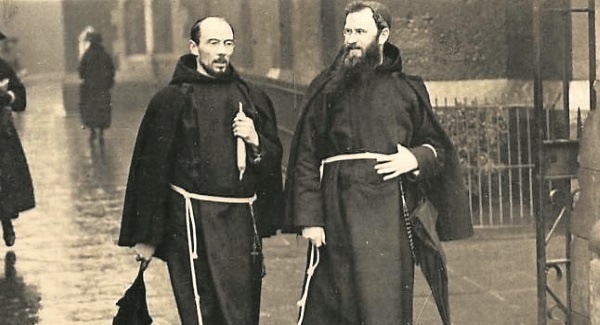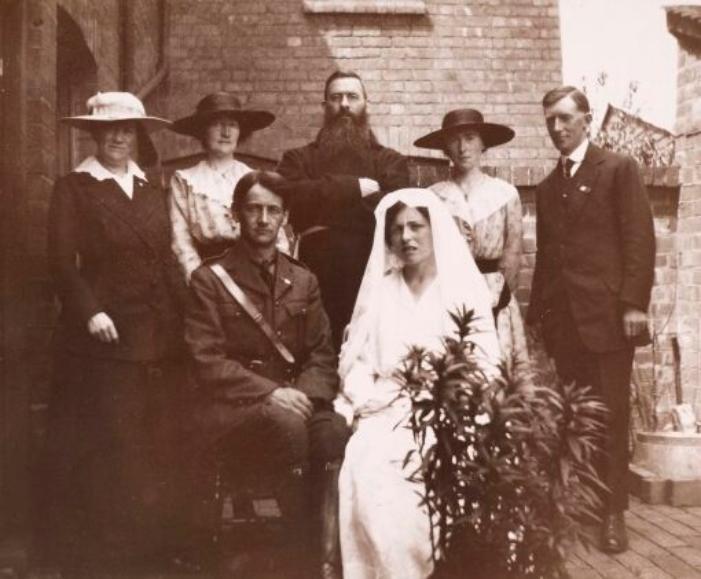In This Section
- Home
- Collections
- Atlas Resources for Schools
- Cork Fatality Register
- Mapping the Irish Revolution
- Mapping IRA Companies, July 1921-July 1922
- Mapping the Burning of Cork, 11-12 December 1920
- Martial Law, December 1920
- The IRA at War
- The Railway Workers’ Munitions Strike of 1920
- The Victory of Sinn Féin: The 1920 Local Elections
- The War of Words: Propaganda and Moral Force
- The IRA Offensive against the RIC, 1920
- De Valera’s American Tour, 1919-1920
- The British Reprisal Strategy and its Impact
- Cumann na mBan and the War of Independence
- The War Escalates, November 1920
- The War of Independence in Cork and Kerry
- The Story of 1916
- A 1916 Diary
- January 9-15 1916
- January 10-16, 1916
- January 17-23, 1916
- January 24-30, 1916
- February 1-6 1916
- February 7-14, 1916
- February 15-21, 1916
- February 22-27, 1916
- February 28-March 3, 1916
- March 6-13,1916
- March 14-20, 1916
- March 21-27 1916
- April 3-9, 1916
- April 10-16, 1916
- April 17-21,1916
- May 22-28 1916
- May 29-June 4 1916
- June 12-18 1916
- June 19-25 1916
- June 26-July 2 1916
- July 3-9 1916
- July 11-16 1916
- July 17-22 1916
- July 24-30 1916
- July 31- August 7,1916
- August 7-13 1916
- August 15-21 1916
- August 22-29 1916
- August 29-September 5 1916
- September 5-11, 1916
- September 12-18, 1916
- September 19-25, 1916
- September 26-October 2, 1916
- October 3-9, 1916
- October 10-16, 1916
- October 17-23, 1916
- October 24-31, 1916
- November 1-16, 1916
- November 7-13, 1916
- November 14-20, 1916
- November 21-27-1916
- November 28-December 4, 1916
- December 5-11, 1916
- December 12-19, 1916
- December 19-25, 1916
- December 26-January 3, 1916
- Cork's Historic Newspapers
- Feature Articles
- News and Events
- UCC's Civil War Centenary Programme
- Irish Civil War National Conference 15-18 June 2022
- Irish Civil War Fatalities Project
- Research Findings
- Explore the Fatalities Map
- Civil War Fatalities in Dublin
- Civil War Fatalities in Limerick
- Civil War Fatalities in Kerry
- Civil War Fatalities in Clare
- Civil War Fatalities in Cork
- Civil War Fatalities in the Northern Ireland
- Civil War Fatalities in Sligo
- Civil War Fatalities in Donegal
- Civil War Fatalities in Wexford
- Civil War Fatalities in Mayo
- Civil War Fatalities in Tipperary
- Military Archives National Army Fatalities Roll, 1922 – 1923
- Fatalities Index
- About the Project (home)
- The Irish Revolution (Main site)
From O’Donovan Rossa funeral to the Civil War, the Capuchin order made their faces known

Members of the Capuchin order had key roles in the Irish revolution
by Niall Murray, Irish Examiner
The constant presence of Capuchin friars at key moments of Ireland’s revolution a century ago is being placed under a historic microscope.
From the infamous 1915 funeral of fabled Fenian Jeremiah O’Donovan Rossa to the bloody 1922 street-fighting of the Civil War, members of the Capuchin Franciscan order were regularly seen amid the famous faces of Irish history.
Their participation in the events and close associations with many figures will be examined at University College Cork tomorrow.
“Members of the Capuchin order in Ireland were closely associated in their pastoral ministry with practically every significant stage of the struggle for independence,” said Gabriel Doherty of UCC’s School of History.
He helped organise the event, run in association with Capuchin Franciscan Friary in Rochestown, and Douglas-Rochestown’s Catholic parish assembly. The conference tomorrow morning will be followed by a 3pm Mass at the friary in honour of the order’s deceased members.
Mr Doherty will speak about Catholic theology and the hunger strike — a key weapon used in the political and propaganda war by republican prisoners. It began as early as late 1917 when Irish Volunteers prisoners in Cork, Dublin, and elsewhere won their release, or concessions as political prisoners, by refusing to take food.
During Cork Lord Mayor Terence MacSwiney’s fateful hunger strike in 1920, Fr Dominic O’Connor who was chaplain to MacSwiney’s Cork No 1 Brigade, became a public figure. He kept constant vigil with MacSwiney’s family by his bedside, and is seen in many photos of his funeral.
Another Capuchin friar, Fr Augustine Hayden, performed the ceremony 100 years ago today at the marriage of MacSwiney, then a prominent Cork Irish Volunteers officer, to Muriel Murphy. The wedding on June 9, 1917, took place though Irish in the English village of Bromyard, where MacSwiney had been deported by the British military for the previous three months because of his ongoing separatist activities.
As reported in yesterday’s Irish Examiner, a silver dish ring given to the couple as a wedding gift has gone on permanent display at Independence Museum Kilmurry, in Co Cork.
Fr Augustine was one of many Capuchins who ministered to wounded and dying fighters and civilians during the Easter Rising. He gave spiritual assistance to Con Colbert, one of 14 men executed in Dublin after the rebellion in May 1916.
At the September 1917 funeral of Kerry-born Irish Volunteers and Irish Republican Brotherhood leader Thomas Ashe, Fr Augustine was also present. Ashe died after being force-fed while on hunger strike at Mountjoy.
The Capuchin is seen in a famous crowd photo behind the Volunteers who fired a volley of gunshots over the grave, moments before Michael Collins stepped forward to make a short oration that marked his public emergence as a key revolutionary leader.
In the same Glasnevin Cemetery two years earlier, two Capuchins stood yards from Patrick Pearse as he delivered his famous “the fools, the fools, the fools” speech at the graveside of O’Donovan Rossa. Fr Albert Bibby is seen with his head bowed in a photograph of the August 1915 scene where the Irish Volunteers demonstrated their strength eight months before the Rising, with Fr Aloysius Travers from Cork behind him.

The wedding party at the marriage of Terence MacSwiney and Muriel Murphy in Bromyard, England, June 9, 1917,[Picture courtesy of Cork Public Museum]
The friars’ participation in such events were well documented at the time, making the Capuchin Archives in Dublin a valuable source for many scholars of the period. The order’s archivist Brian Kirby will talk about their role in the revolutionary decade at the UCC conference.
The same Four Courts area where the Capuchins gave most help during the 1916 Rising was also where anti-Treaty IRA forces began the military campaign in the Civil War in June 1922. Fr Augustine was among those who acted as intermediaries with the National Army.
The Capuchins’ monastery in Rochestown was also in the heart of a battle zone when the National Army fought their way into rebel-held Cork City in August 1922, after a surprise sea landing at Passage West.
The grounds of the Rochestown monastery are also where Fr Albert and Fr Dominic were buried in 1958, following the repatriation of their remains from the US through arrangements by the Old IRA. The reasons behind their exile and their return for burial in Cork will be detailed by UCC historian John Borgonovo.
Many of the famous images of the order’s members during the period have appeared in its Capuchin Annual. It has recently been digitised and uploaded to the order’s website. Trinity College Dublin art historian Ruth Sheehy will speak about Richard King’s illustrations for the Capuchin Annual between 1940 and 1972.
The free public conference takes place at UCC’s Boole 4 from 9.20am to 1pm tomorrow. More details available by emailing: g.doherty@ucc.ie
This article was first published in the Irish Examiner on 9 June 2017
